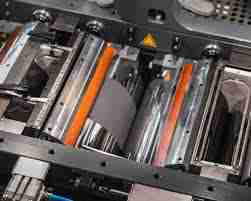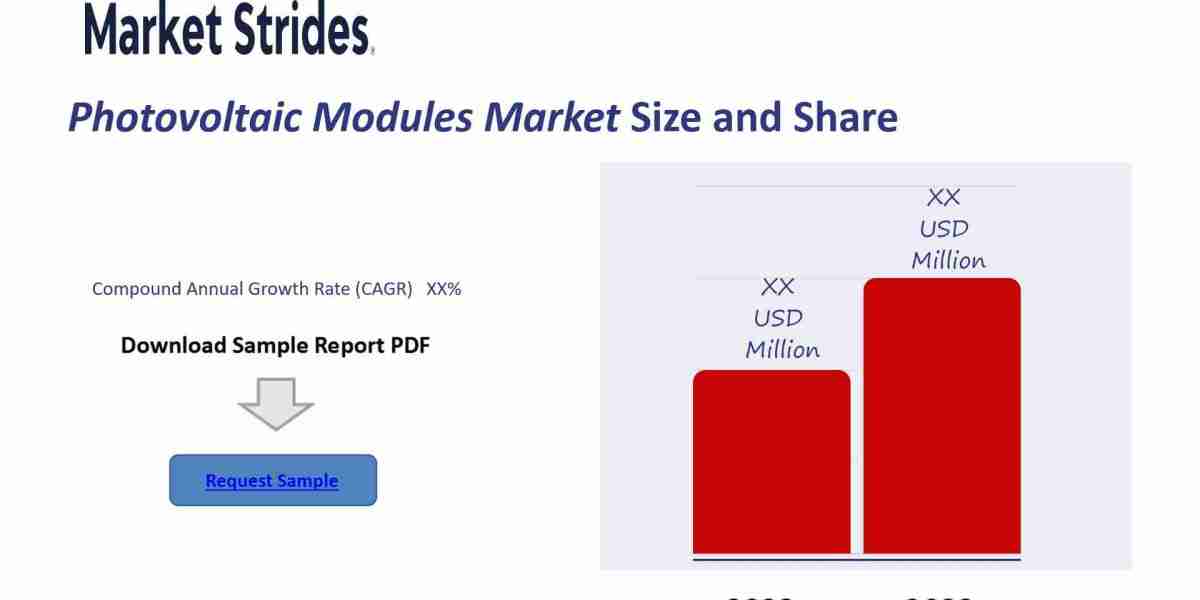The dry battery electrode market is gaining global traction as companies seek more sustainable, efficient, and cost-effective alternatives to traditional battery manufacturing processes. Dry electrode technology eliminates the use of solvents and energy-intensive drying steps, providing significant advantages such as reduced manufacturing time, lower carbon emissions, and enhanced energy density. In recent years, the market has witnessed several groundbreaking developments, including technological innovations, strategic collaborations, pilot-scale commercialization, and increased investor interest. This article explores the most notable recent developments shaping the dry battery electrode market and their implications for future growth.

Advancements in Manufacturing Technology
One of the most transformative developments in the dry battery electrode market has been progress in manufacturing equipment and processes. Several leading companies and startups have introduced next-generation dry electrode coating systems that enhance throughput and uniformity while maintaining mechanical integrity.
These systems are now capable of producing thicker electrodes with high loading capacities, which can improve the overall energy density of batteries. Moreover, new calendaring and compaction technologies have made it possible to create electrodes with precise porosity control—key to optimizing performance and cycle life. These advancements are helping overcome early challenges associated with large-scale implementation of dry electrodes.
Tesla’s Influence and Industry Momentum
Tesla has significantly influenced the dry electrode market, especially after its 2020 Battery Day announcement revealing its acquisition of Maxwell Technologies and its proprietary dry electrode technology. Since then, Tesla has been actively working to integrate dry electrode processes into its next-generation 4680 battery cells.
Although large-scale implementation remains a work in progress, Tesla’s involvement has validated the commercial potential of dry electrode technology and encouraged other manufacturers to explore similar pathways. The ripple effect has sparked increased R&D investment across the automotive and energy sectors, with competitors accelerating their own pilot and demo line initiatives.
Strategic Partnerships and Collaborations
Recent years have seen a rise in strategic collaborations aimed at scaling dry electrode technology. Leading battery manufacturers, material suppliers, and research institutions have joined forces to develop robust, scalable solutions. These collaborations are focused on fine-tuning electrode formulations, improving binder chemistry, and adapting existing equipment to dry coating processes.
One notable example includes partnerships between EV battery makers and universities to co-develop dry-compatible materials and processes under government-backed innovation programs. These initiatives not only accelerate technical development but also distribute risk and reduce time to market.
Entry of New Market Players and Startups
The dry battery electrode space has witnessed the entry of several innovative startups and material technology companies. These new entrants are pushing the boundaries of traditional battery manufacturing by offering proprietary solutions for solvent-free electrode production. Some of these companies specialize in roll-to-roll coating systems, while others focus on material innovation and powder processing techniques.
These players are attracting attention from major investors and OEMs, as their technologies promise lower production costs, improved battery performance, and better environmental outcomes. The influx of startups is also fostering healthy competition and innovation within the market.
Government Support and Policy Developments
Governments across North America, Europe, and Asia are increasingly supporting clean energy technologies, including advanced battery manufacturing. New policy frameworks and funding programs are being launched to encourage the adoption of sustainable production techniques such as dry electrode processes.
In the U.S., for instance, federal and state grants are being offered for companies building dry electrode pilot lines or transitioning to solvent-free processes. Similarly, the European Union is incorporating dry electrode technologies into its battery sustainability roadmap, offering funding and regulatory incentives for early adopters. These policy-driven initiatives are creating favorable conditions for market expansion.
Pilot-Scale Deployments and Commercial Readiness
Recent developments have also seen the deployment of pilot-scale production lines for dry electrodes, marking a crucial step toward commercialization. These pilot lines are being used to validate process stability, performance metrics, and economic feasibility across various battery applications—especially EVs and grid storage.
Some companies have successfully demonstrated the ability to produce dry electrodes with competitive cycle life, energy density, and safety profiles. These pilot successes have encouraged major OEMs to commit to multi-year agreements and supply partnerships, signaling growing confidence in the technology’s readiness for mass adoption.
Material Innovation and Binders
Material innovation continues to be a focal point of recent developments in the dry battery electrode market. New polymer binders and conductive additives are being developed specifically for dry processing environments, ensuring strong adhesion, mechanical flexibility, and electrical conductivity without the use of solvents.
These advanced materials are enabling the use of a broader range of active materials, including silicon-rich anodes and high-nickel cathodes, which can significantly improve energy density. Companies are also experimenting with eco-friendly and biodegradable binders to align with sustainability objectives, a growing priority in battery supply chains.
Increased Venture Capital and Investor Interest
Venture capital investment in dry electrode technology companies has surged in the past two years. Investors are drawn to the technology’s potential to disrupt traditional lithium-ion battery manufacturing, reduce production costs, and meet rising ESG (Environmental, Social, and Governance) demands.
Startups and innovation leaders in this space have secured multimillion-dollar funding rounds to support product development, facility construction, and commercialization efforts. This capital inflow is essential for accelerating go-to-market strategies and enabling global scaling.
Conclusion
The dry battery electrode market is experiencing a period of rapid development and technological evolution. From manufacturing advancements and strategic partnerships to government support and pilot-scale deployment, the market is progressing toward commercial viability. While challenges remain—such as material compatibility and process optimization—recent developments indicate a clear trajectory toward widespread adoption. As more companies enter the space and funding increases, dry electrode technology is poised to redefine the future of sustainable energy storage.




